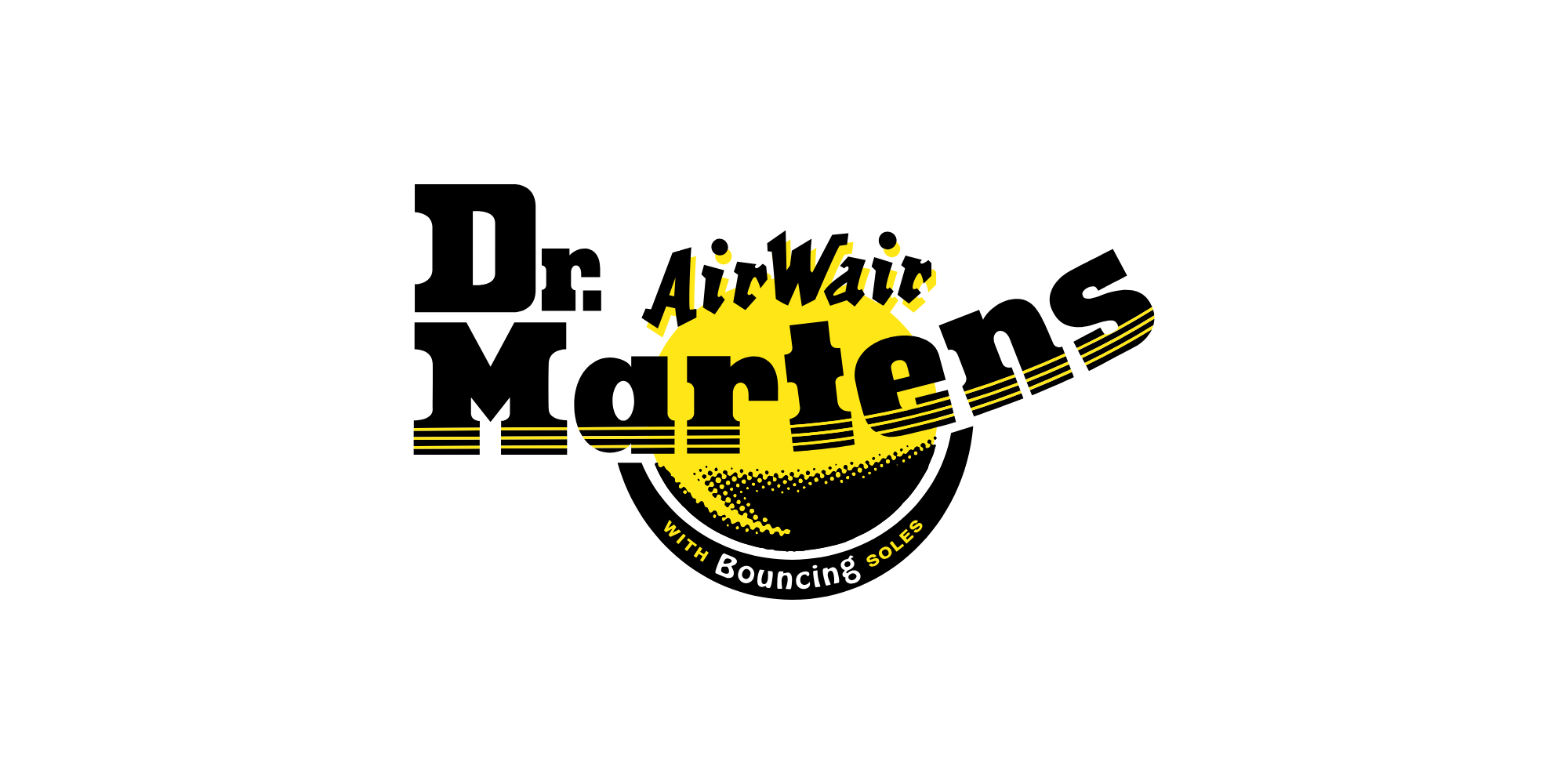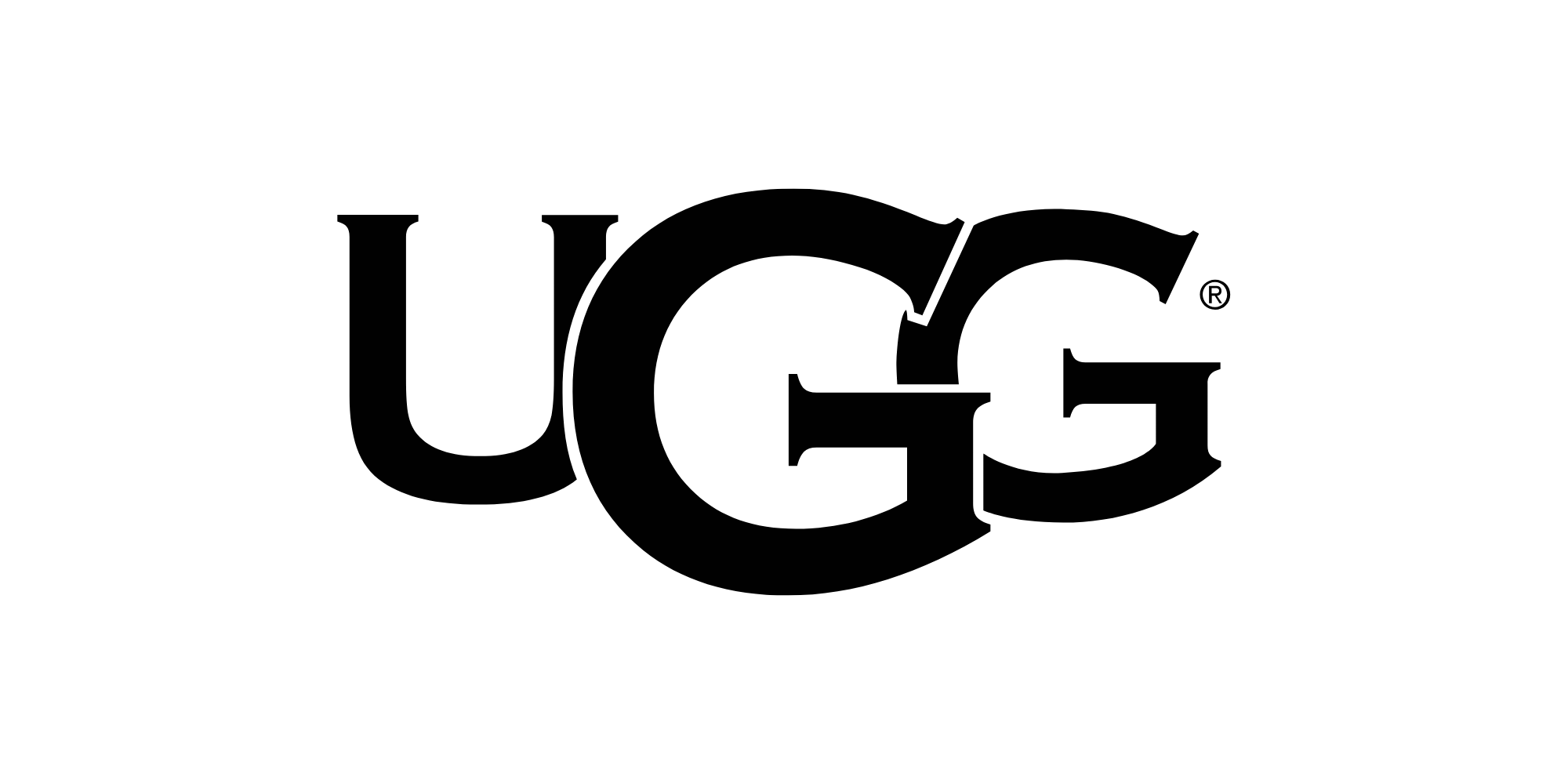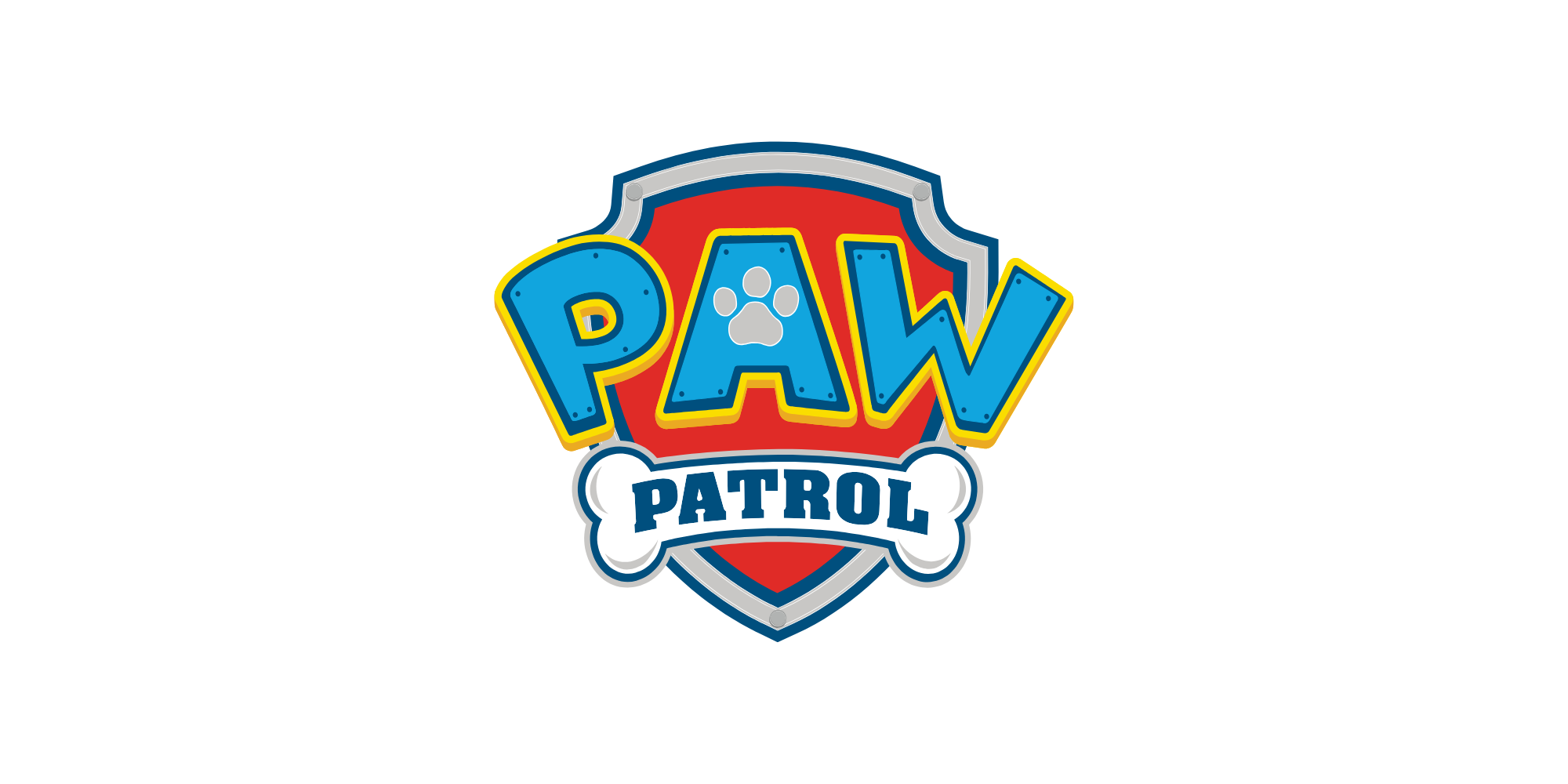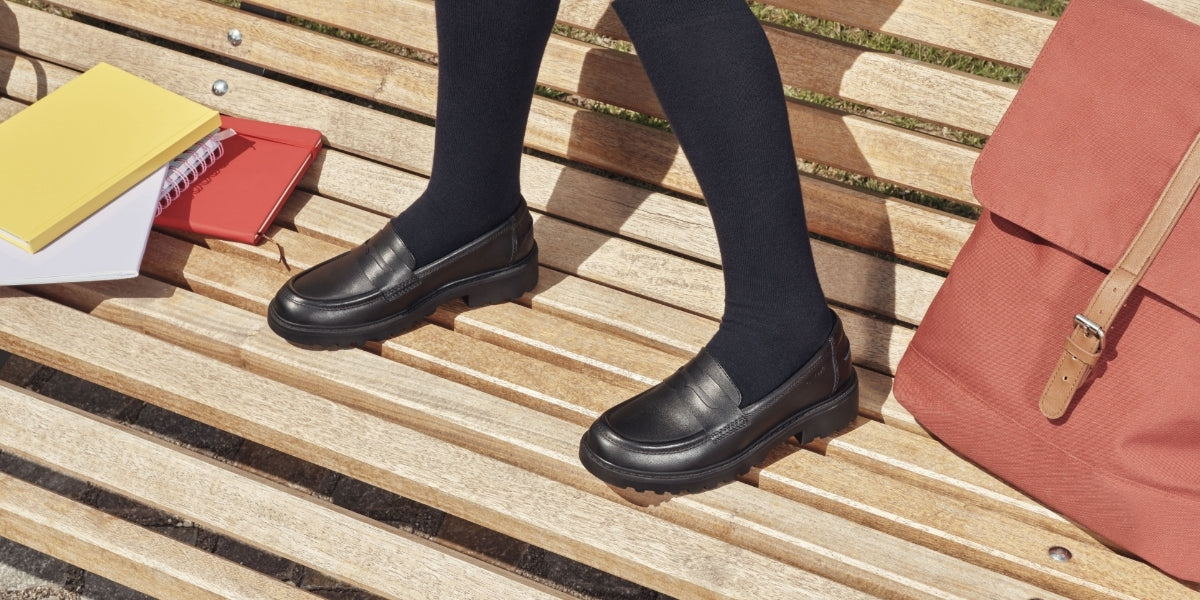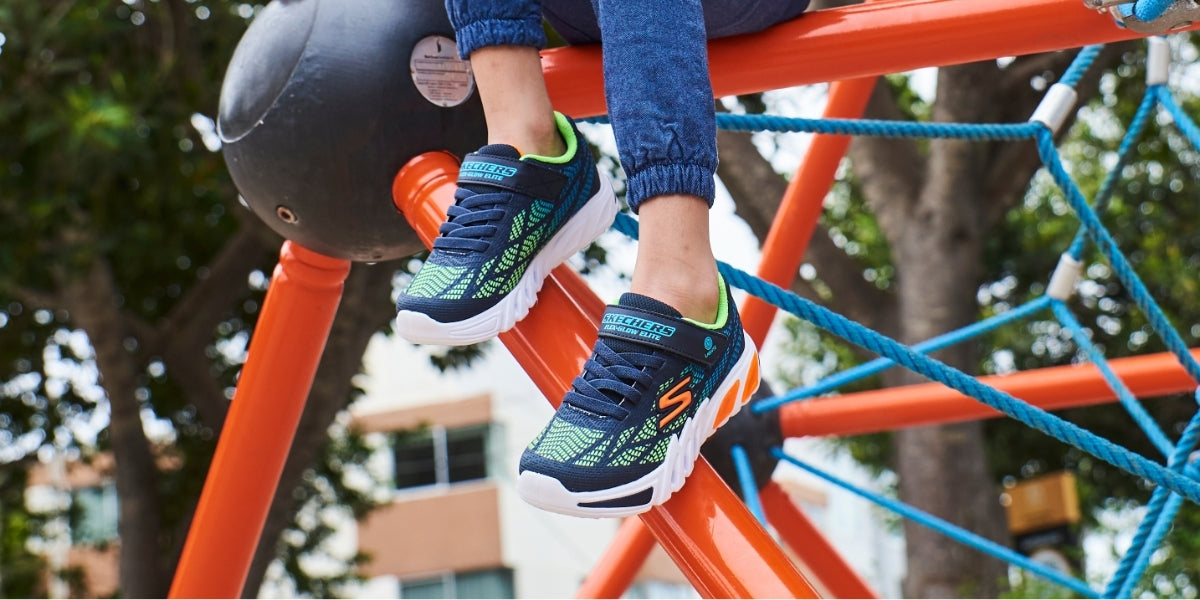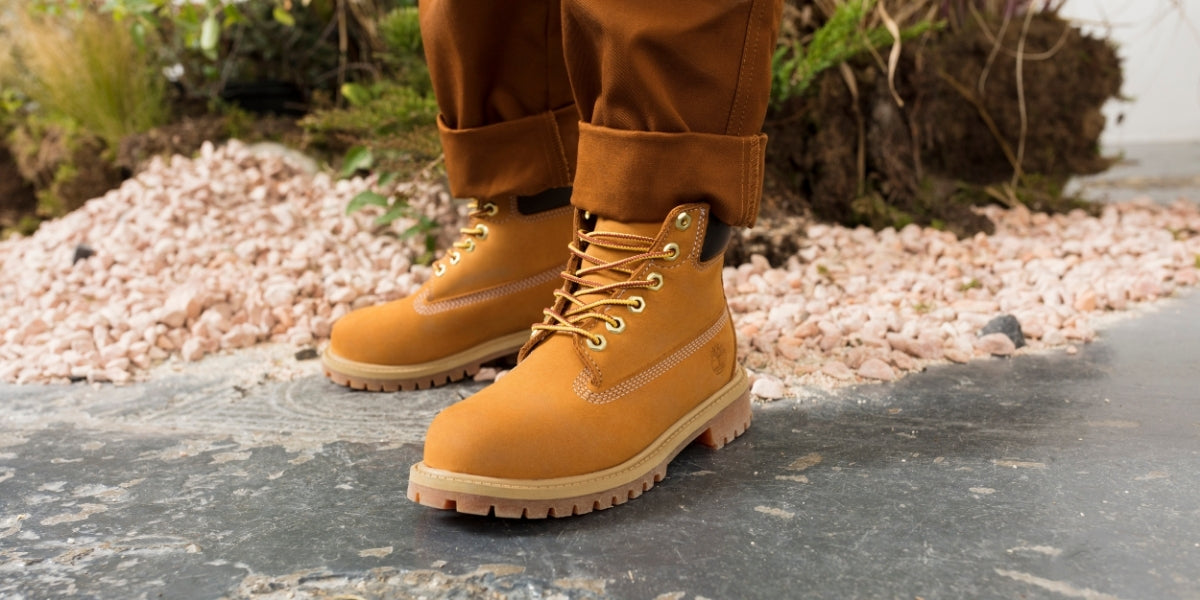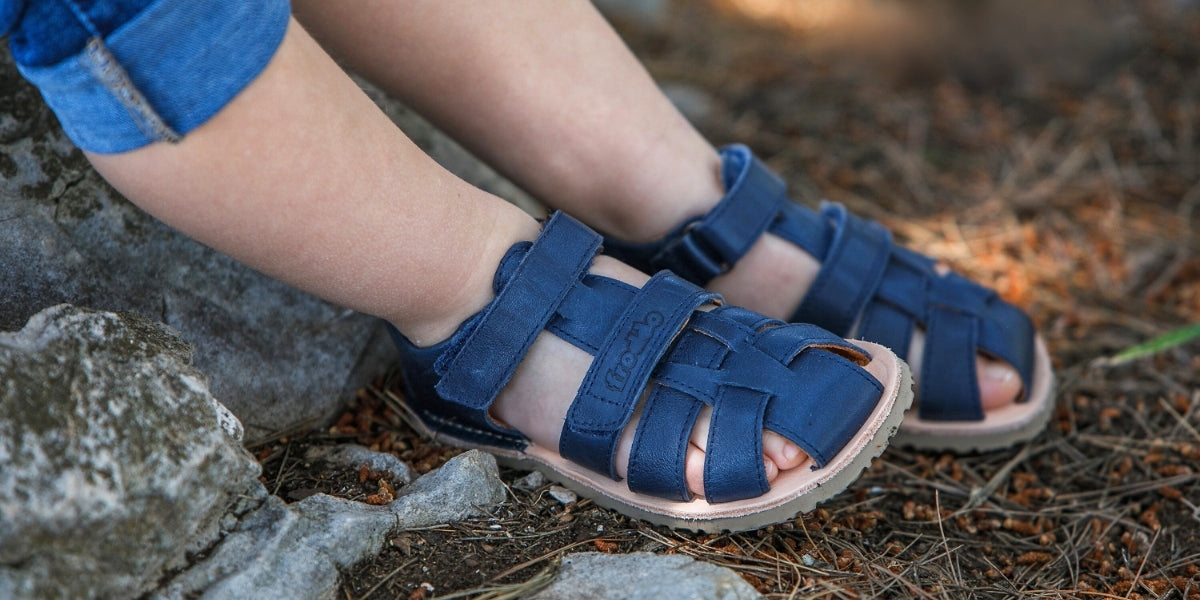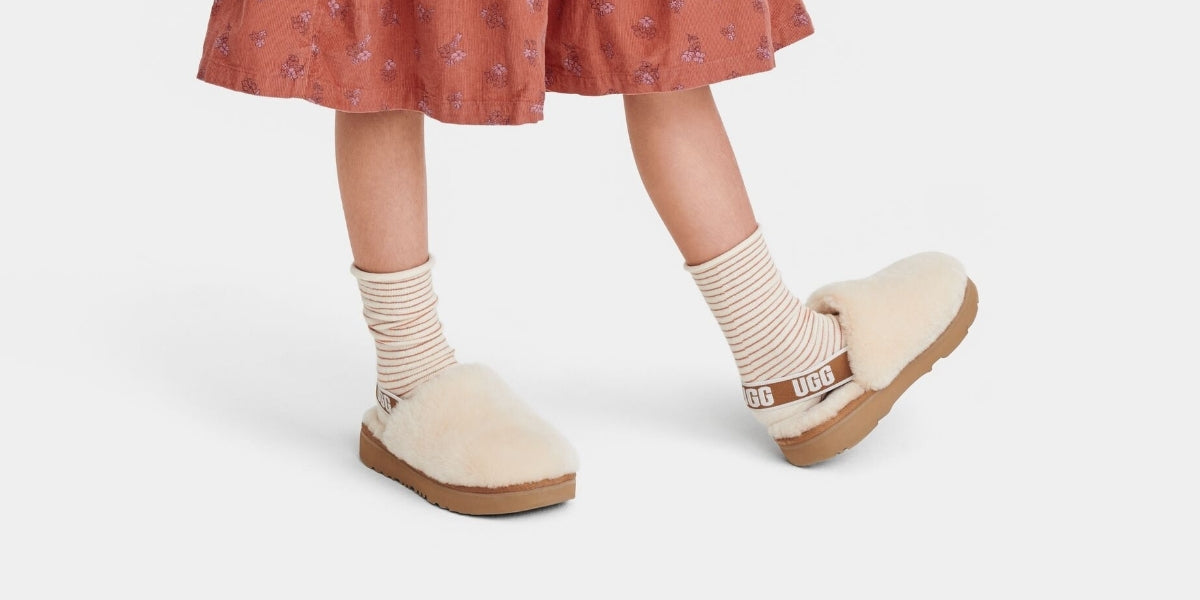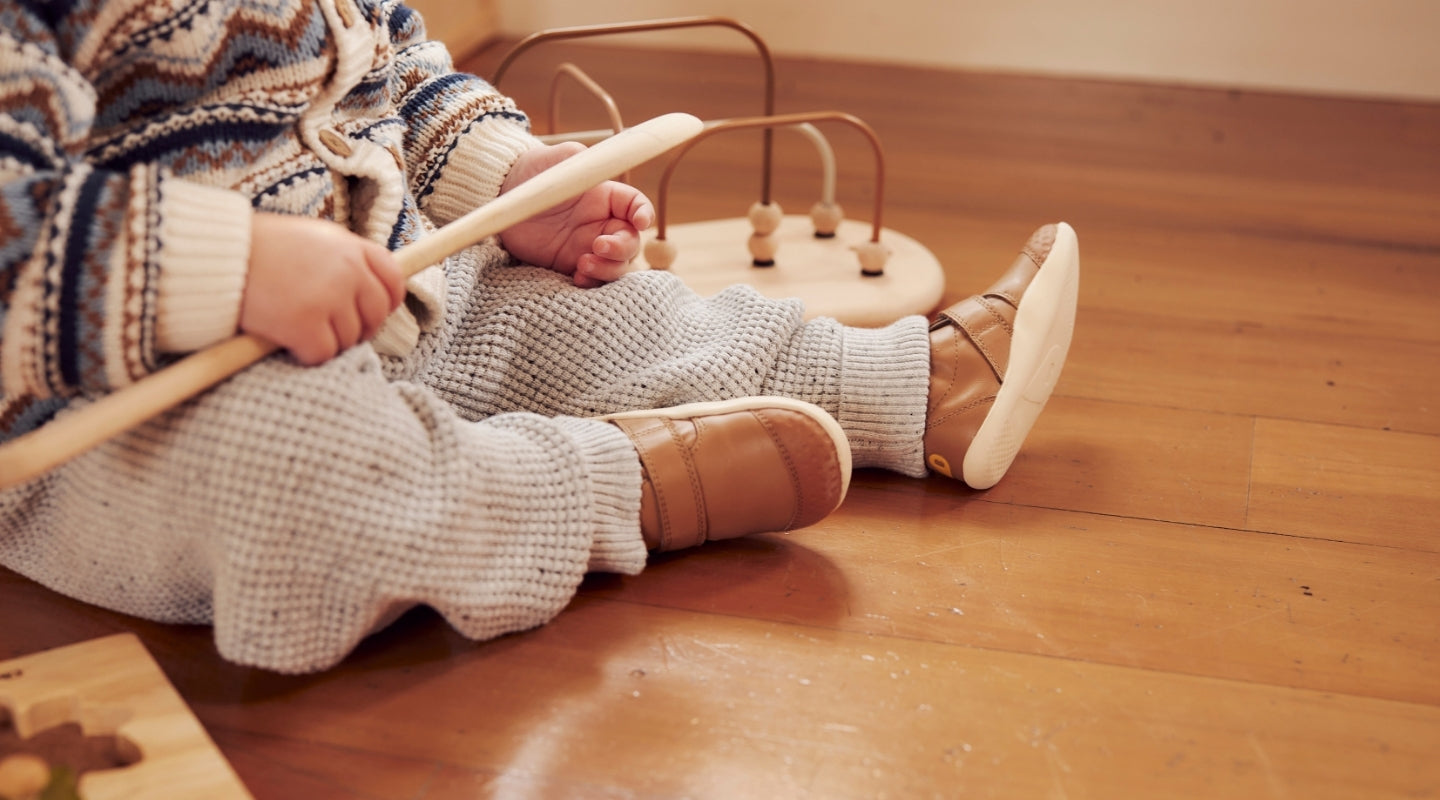Choosing your baby’s first pair of shoes is an exciting moment—but it can also be confusing. What’s the difference between pre-walkers and first walkers? And when should your child move from one to the other? Here’s what you need to know.
What Are Pre-Walkers?
Pre-walkers are soft, lightweight shoes made for babies who are crawling or just starting to pull themselves up. These shoes aren’t designed for walking outdoors—they’re more about gentle protection than support.
They typically feature:
- Flexible, soft soles for unrestricted movement
- Lightweight materials that don’t restrict development
- Roomy toe boxes for natural toe splaying
- Just enough grip for early standing and cruising
When to Use Pre-Walkers
If your baby is mostly crawling or cruising along furniture, pre-walkers are ideal. They’re perfect for indoor use or quick trips outside in dry weather—but barefoot is still best when safe to do so.
What Are First Shoes?
First walker shoes are designed for little ones who are walking independently, both indoors and outside. These shoes offer more structure, support, and durability to help your child navigate new environments safely.
Key features of first shoes include:
- Protective yet flexible soles for grip and movement
- Supportive heel counters for added stability
- Secure fastenings to keep shoes in place
- Breathable materials for comfort and all-day wear
When to Move to First Shoes
Once your child is walking unaided and confidently—especially outdoors—it’s time for first shoes. This usually happens around 12–18 months, but can vary. Don’t rush the transition; early walkers still benefit from barefoot time and soft soles indoors.
Why the Right Stage Matters
Giving your child the right shoe for their stage supports healthy foot development and helps them build strength, balance, and confidence. Shoes that are too structured too early can actually slow this down.
The Bottom Line
Stick with soft, flexible pre-walkers until your child is walking confidently on their own. Then, make the switch to first shoes that offer just the right amount of protection and support. The right fit at the right time gives your little one the best start.





















